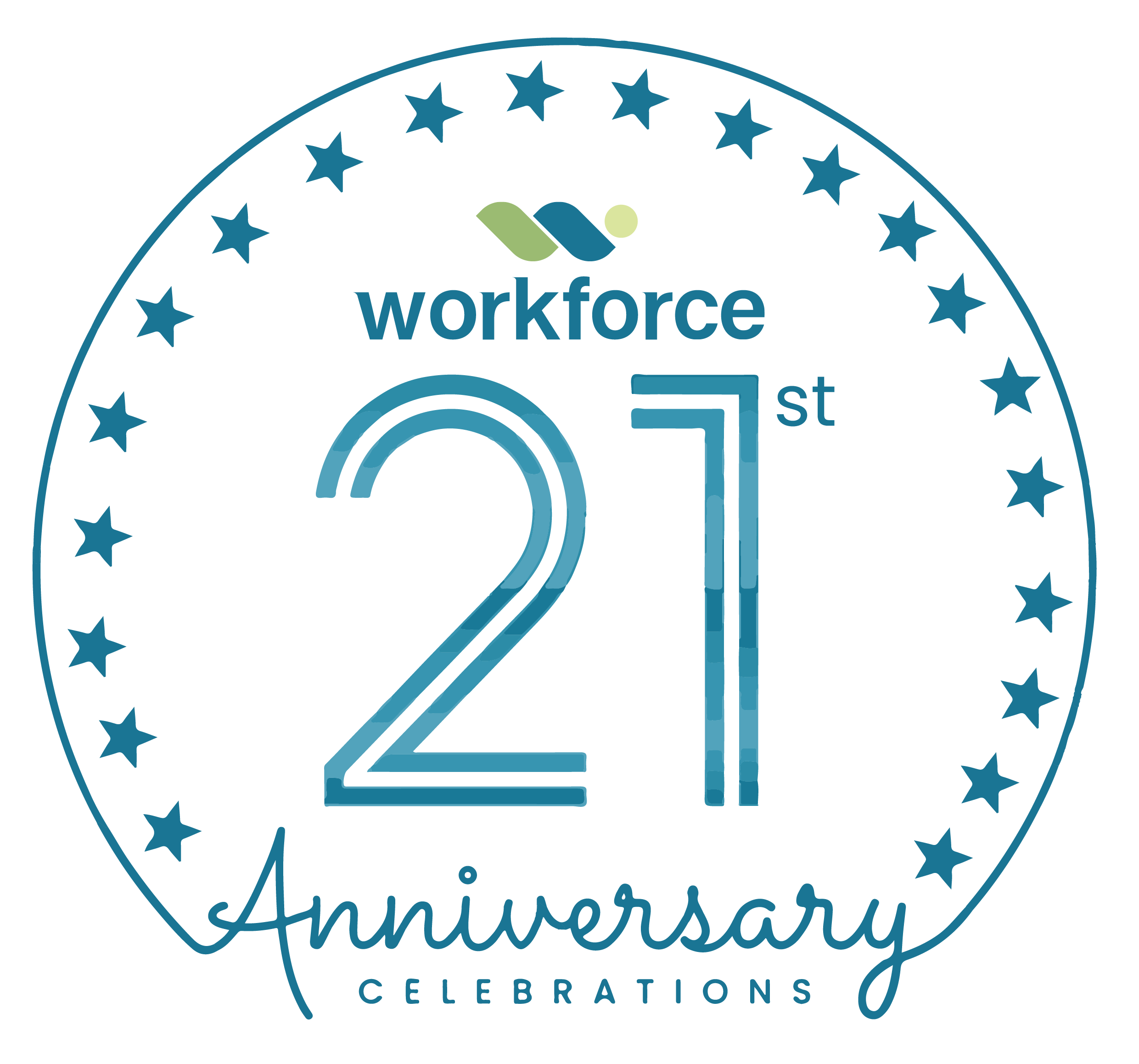In today’s dynamic business environment, organisations are being forced to rethink traditional approaches to talent acquisition. As demands shift rapidly, HR leaders are recognising that relying solely on full-time, in-house employees is no longer always the most effective or sustainable option.
Whether it’s addressing short-term skill shortages or scaling teams for time-bound projects, companies are increasingly turning to staff augmentation companies as a practical, agile solution. This strategic approach not only ensures quick access to the right talent but also aligns closely with modern workforce management practices.
This article explores the concept of staff augmentation, its core benefits, practical application, and best practices to ensure a successful implementation aligned with broader business goals.
What is Staff Augmentation?
Unlike traditional hiring models that involve long-term employment contracts, staff augmentation focuses on supplementing existing teams with external talent—without the obligations of permanent recruitment.
These professionals may be engaged through a staff augmentation company, either for short-term projects, to fill critical skill gaps, or to provide specialised knowledge that is not available internally.
How Staff Augmentation Works
The process begins by identifying internal gaps—whether due to a rise in project workload, the need for rare technical skills, or limited internal capacity. Once defined, organisations partner with a staff augmentation company to source talent with the required capabilities.
These professionals work within the organisation’s structure, using its systems, tools, and methodologies, and are typically managed directly by internal teams. This seamless integration ensures alignment with organisational goals, timelines, and culture.
Unlike traditional outsourcing, where entire projects are handed off, staff augmentation allows businesses to retain control and oversight, while benefiting from external expertise and flexibility.
Types of Staff Augmentation
The most effective staff augmentation strategy is one that aligns with the organisation’s specific objectives, project timelines, and capability needs. Here are the most common models:
Short-Term Augmentation
Best suited for engagements lasting less than six months, this model is ideal for:
- Temporary staff absences (e.g., maternity leave)
- Seasonal spikes in workload
- Short-duration projects
Long-Term Augmentation
Ideal for situations where support is needed beyond six months, particularly:
- Sustained project execution
- Access to niche expertise not available in-house
- Bridging long-term hiring gaps

On-Demand Augmentation
This highly agile model allows organisations to:
- Respond to fluctuating workloads
- Scale teams up or down with minimal notice
- Quickly manage unforeseen spikes in demand
Skill-Specific Augmentation
This approach focuses on professionals with a distinct, often technical, skillset:
- Cybersecurity specialists for compliance audits
- Data scientists for analytics initiatives
- Developers for new software rollouts
Project-Based Augmentation
- Perfect for well-defined projects with a clear start and end:
- Product launches
- Marketing campaigns
- System implementations
Key Features of Staff Augmentation
Scalability: Scale your workforce based on project demand without the burden of permanent hires.
Cost-Effectiveness: Pay only for the expertise you need—no benefits, pensions, or long-term overheads.
Rapid Deployment: Avoid long recruitment cycles. Bring in professionals quickly and efficiently.
Access to Specialised Skills: Tap into global talent with capabilities that may not exist within your current team.
Best Practices for Successful Staff Augmentation
To optimise the impact of staff augmentation, consider the following best practices:
-
Define Clear Objectives
Clearly articulate project goals, timelines, and deliverables. This ensures alignment between internal teams and external professionals from the outset.
-
Select the Right Partner
Choose a staff augmentation company with domain expertise and a strong track record. Their understanding of your industry will significantly influence the quality of talent delivered.
-
Develop a Robust Onboarding Process
Despite their temporary status, augmented professionals require a structured onboarding plan to ensure quick ramp-up and alignment with internal systems and values.
-
Maintain Open Communication
Foster seamless communication between internal and external team members. Clear expectations and regular updates are essential for productivity and morale.
-
Monitor Performance Continuously
Track progress against KPIs and be prepared to make mid-course corrections. Regular feedback loops help maximise value and ensure project goals are met.
Common Pitfalls and How to Avoid Them
Unclear Project Scope
Issue: Ambiguity in requirements leads to poor talent matching.
Solution: Collaborate with key stakeholders to define detailed scope, outcomes, and expectations.
Poor Onboarding
Issue: Inadequate orientation results in slow adaptation.
Solution: Prepare a fast-track onboarding plan focusing on essential systems, culture, and processes.
Communication Gaps
Issue: Misunderstandings cause delays and conflict.
Solution: Use collaboration tools and conduct regular stand-ups or reviews.
Over-Reliance on External Talent
Issue: Undermines internal capability development.
Solution: Use augmentation to complement—not replace—internal growth plans.
Compliance Risks
Issue: External workers might not follow company protocols.
Solution: Extend compliance training and include augmented staff in regular policy briefings.
Key Benefits of Staff Augmentation for HR Leaders
For HR leaders, staff augmentation offers significant strategic advantages beyond short-term resourcing:
-
Rapid Access to Expertise
Engage professionals with specialised knowledge in days—not months. This is critical for time-sensitive projects or innovation-led initiatives.
-
Enhanced Workforce Agility
With Staff Augmentation, you can scale up or down with minimal friction. Staff augmentation supports a just-in-time staffing model aligned with dynamic business needs.
-
Significant Cost Savings
Staff Augmentation reduces long-term costs associated with recruitment, training, benefits, and redundancy. Only pay for the work delivered.
-
Improved Time-to-Market
Staff Augmentation help accelerate product launches, transformation initiatives, and service delivery by accessing additional bandwidth and capability as needed.
-
Operational Efficiency
Augmented professionals can hit the ground running—bringing focus, efficiency, and immediate contribution.
-
Risk Mitigation
Test talent temporarily before making long-term decisions, reducing the risk of poor hires.
-
Global Talent Access
Engage professionals from international markets for rare skill sets, especially in tech, engineering, finance, NGOs-Impact employees or regulatory fields.
-
Internal Capacity Building
Staff Augmentation helps free up core staff to focus on high-value strategic initiatives, while augmented professionals manage execution-heavy workloads.
Conclusion: Making Staff Augmentation Work for You
In an era of constant disruption, flexibility is not just an advantage—it is a necessity. Staff augmentation companies offer a powerful model for delivering both capability and agility, enabling HR leaders to meet immediate talent needs without compromising on quality or long-term planning.
However, the success of staff augmentation lies not just in hiring external talent but in strategically integrating it into your workforce model. When implemented thoughtfully—with clear goals, the right partners, and seamless onboarding—staff augmentation can become a critical lever for business growth and transformation.
Ready to Elevate Your Staff Augmentation Strategy?
If you’re an HR leader seeking to build a more agile, cost-effective, and performance-driven workforce. Whether you’re scaling operations, driving innovation, or filling critical skill gaps, our team is here to help.
Partner with us to gain access to premium talent exactly when—and where—you need it.
To get started send an email to hello@workforcegroup.com.

